Louis Barthélemy’s tapestries capture the sublimity and dynamism of Senegalese wrestling
‘Mbër Yi / The Wrestlers’ at the Théodore Monod African Art Museum (IFAN) in Dakar sees French artist Louis Barthélemy respond to Senegalese mysticism in appliquéd hangings

Louis Barthélemy is no stranger to dualities. His new exhibition ‘Mbër Yi / The Wrestlers’ at the Théodore Monod African Art Museum in Dakar reflects, as he tells Wallpaper*, ‘a powerful communion of intertwined bodies with nature’. He explores an ‘omnipresent duality between light and dark, life and death, mastery and abandonment in the game’.
The multidisciplinary artist and designer moved to Cairo in 2017 and has a deep commitment to the preservation and revival of traditional crafts threatened by globalisation. As is typical of his tapestry work, this new series mixes, he says, ‘different cultural influences: the rites and symbols of Senegalese wrestling, the dexterity of Egyptian know-how in the realisation of the “Khayamiya” hangings, responding to the tapestries, also appliquéd [and found in the museum], from the kingdom of Danhomè, together linked by the particular interest I have in the exercise of colour, drawing and for humankind’.
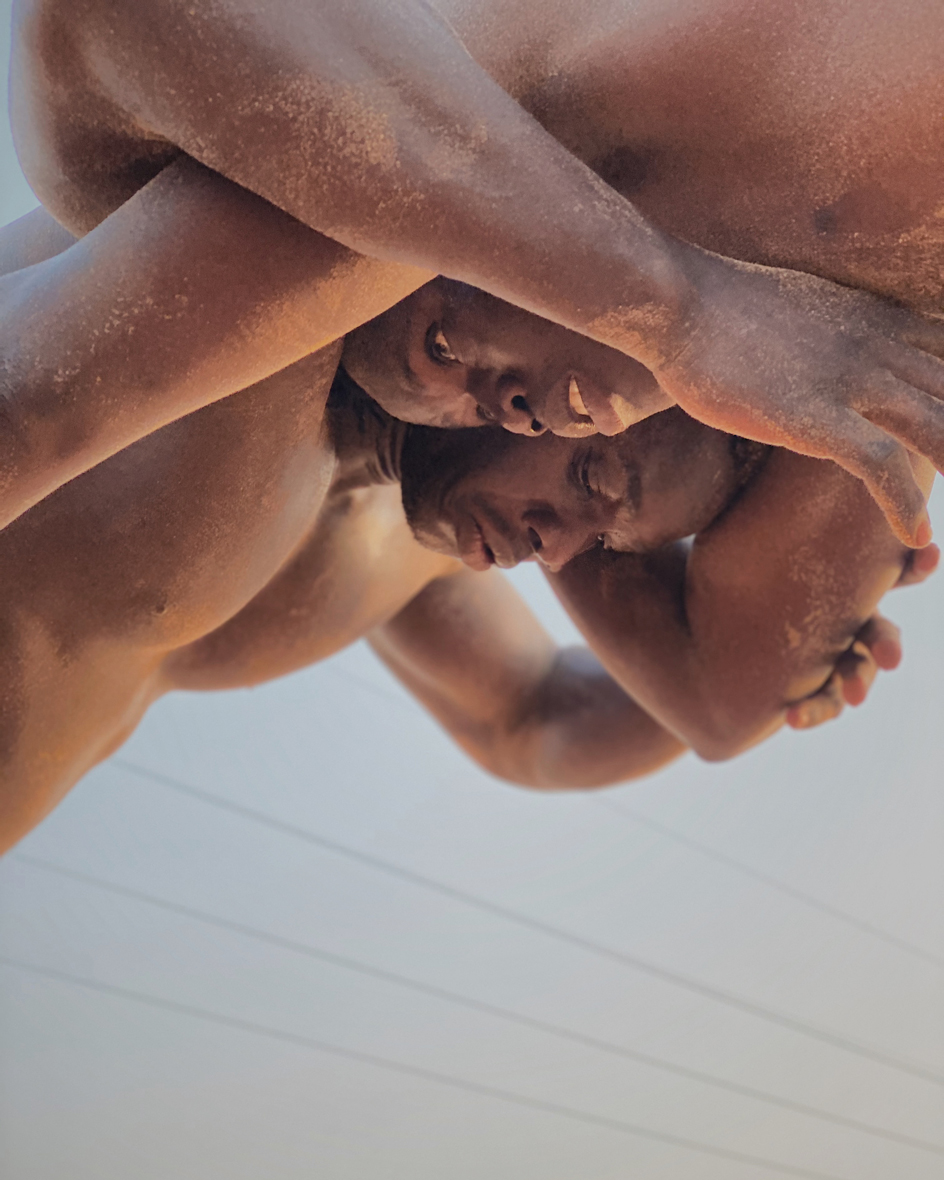
Image from ‘Mbër Yi / The Wrestlers’, by Louis Barthélemy
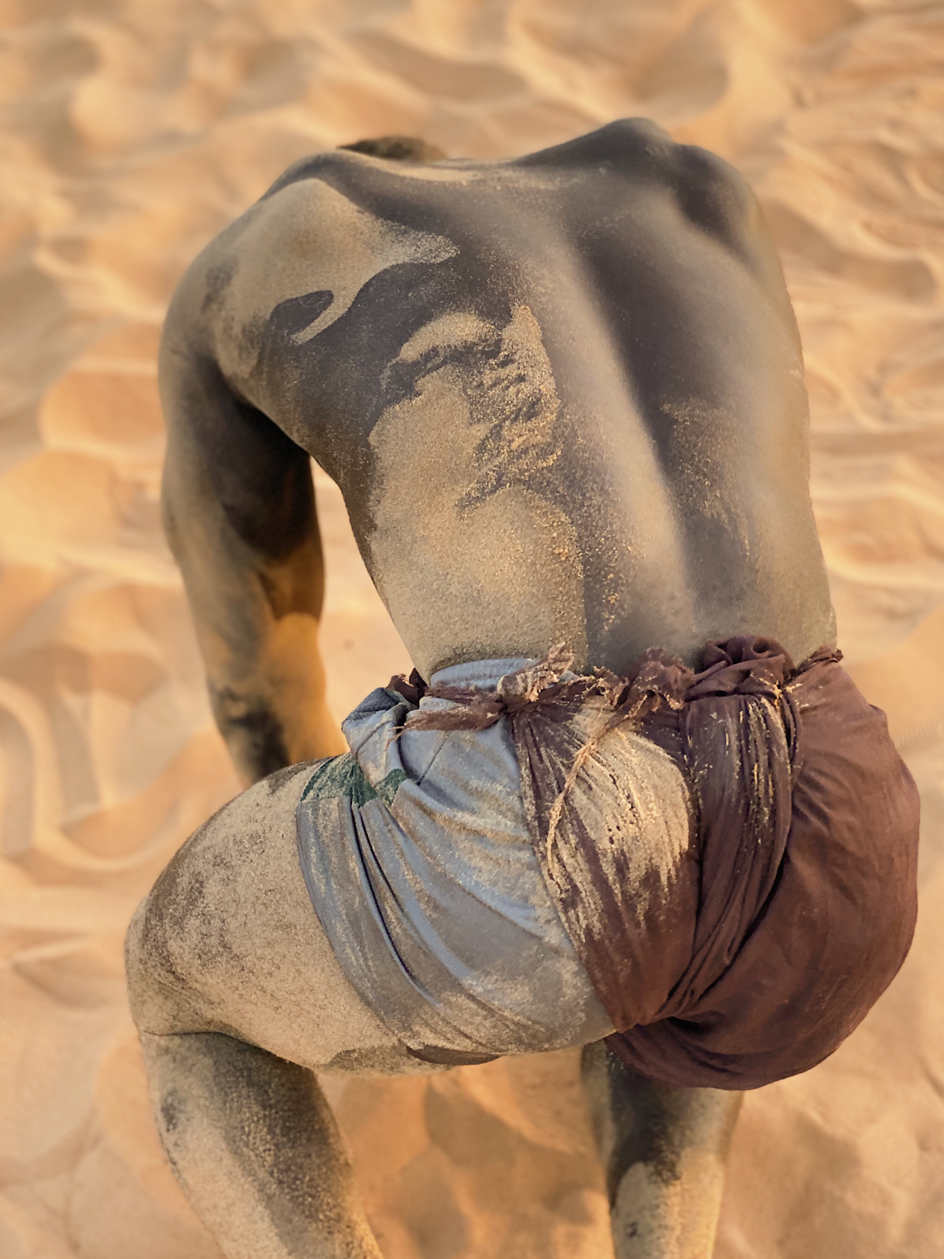
Image from ‘Mbër Yi / The Wrestlers’, by Louis Barthélemy
It was a trip to Dakar in 2019 that inspired the conception of ‘Mbër Yi / The Wrestlers’. Curious about Senegalese wrestling (làmb in Wolof) and the mystical beliefs tied to it, Barthélemy approached a wrestler on the beach and forged a relationship. ‘I would meet the wrestlers at sunset each evening of my stay to observe their training programme and was allowed to visually document it with my camera,’ he says. ‘These moments spent with the wrestlers allowed me to better understand their condition, their aspiration, and the universe in which they evolve. A universe steeped in sacredness, the sublime, respect for ancestors and the forces of nature’.
The result is a move away from his usual style. The artist, who has previously worked with the likes of Christian Louboutin, Maison Pierre Frey and Balineum, describes ‘the movement during the fight creating a profusion of colours shifting on the sand track’, inviting him to ‘drift away from the figurative which predominantly defines my work and explore the abstract’.

Installation view of ‘Mbër Yi / The Wrestlers’, by Louis Barthélemy at the Théodore Monod African Art Museum (IFAN) in Dakar
During his stay, Barthélemy browsed the markets and collected a range of bazin – a shiny woven fabric often used in traditional Senegal dress. He had the desire to rework the pieces back in Cairo for his Khayamiya tapestries, a type of appliquéd textile used historically to create decorated tents in the Middle East. However, the closing of borders during Covid-19 limited his choices. ‘I did play around initially [with] the colour palette I had brought to Cairo from Dakar. I enjoy having restrictions that can frame the creative process. It allows [me] to make decisions and be resourceful.’
When borders reopened, Barthélemy was able to purchase further pieces of bazin in Goutte d’Or, the West African area of Paris, in the 18th arrondissement. He sourced the fabrics from a popular manufacturer called Getzner, and took them back to Egypt to create the tapestries.
Through his creations, Barthélemy, who divides his time between Marrakesh, Cairo and Paris, aims to celebrate intercultural communication and encourage ‘opening up to others’. ‘The series stitches a thread from Cairo to Dakar and dialogues with [the heritage of textiles] made on both sides of the African continent, all commissioned and produced in the past to convey power and spiritual messages.’
Receive our daily digest of inspiration, escapism and design stories from around the world direct to your inbox.

Installation view of ‘Mbër Yi / The Wrestlers’, by Louis Barthélemy at the Théodore Monod African Art Museum (IFAN) in Dakar

Installation view of ‘Mbër Yi / The Wrestlers’, by Louis Barthélemy at the Théodore Monod African Art Museum (IFAN) in Dakar
Louis Barthélemy’s ‘Mbër Yi / The Wrestlers’ will continue at the Théodore Monod African Art Museum (IFAN) in Dakar until March 2023. A second iteration will be staged at MCC Gallery in Marrakech from the 28 April 2023, including new appliquéd tapestries produced in Cairo, drawings and a performance. louisbarthelemy.com
Originally hailing from France and DRC, Emeline Nsingi Nkosi grew up in the UK and landed in West Africa in 2016. A freelance presenter and producer, she covers art, fashion, culture and travel. She is recognised for her reporting on the BBC World Service, presenting The BBC Travel Show and travel anchoring for TravelXP. Outside of her presenting work, she is a working actor with various credits under her belt.
-
 Terrified to get inked? This inviting Brooklyn tattoo parlour is for people who are 'a little bit nervous'
Terrified to get inked? This inviting Brooklyn tattoo parlour is for people who are 'a little bit nervous'With minty-green walls and an option to 'call mom', Tiny Zaps' Williamsburg location was designed to tame jitters
-
 Let’s hear it for the Chopard L.U.C Grand Strike chiming watch
Let’s hear it for the Chopard L.U.C Grand Strike chiming watchThe Swiss watchmaker’s most complicated timepiece to date features an innovative approach to producing a crystal-clear sound
-
 Form... and flavour? The best design-led restaurant debuts of 2025
Form... and flavour? The best design-led restaurant debuts of 2025A Wallpaper* edit of the restaurant interiors that shaped how we ate, gathered and lingered this year
-
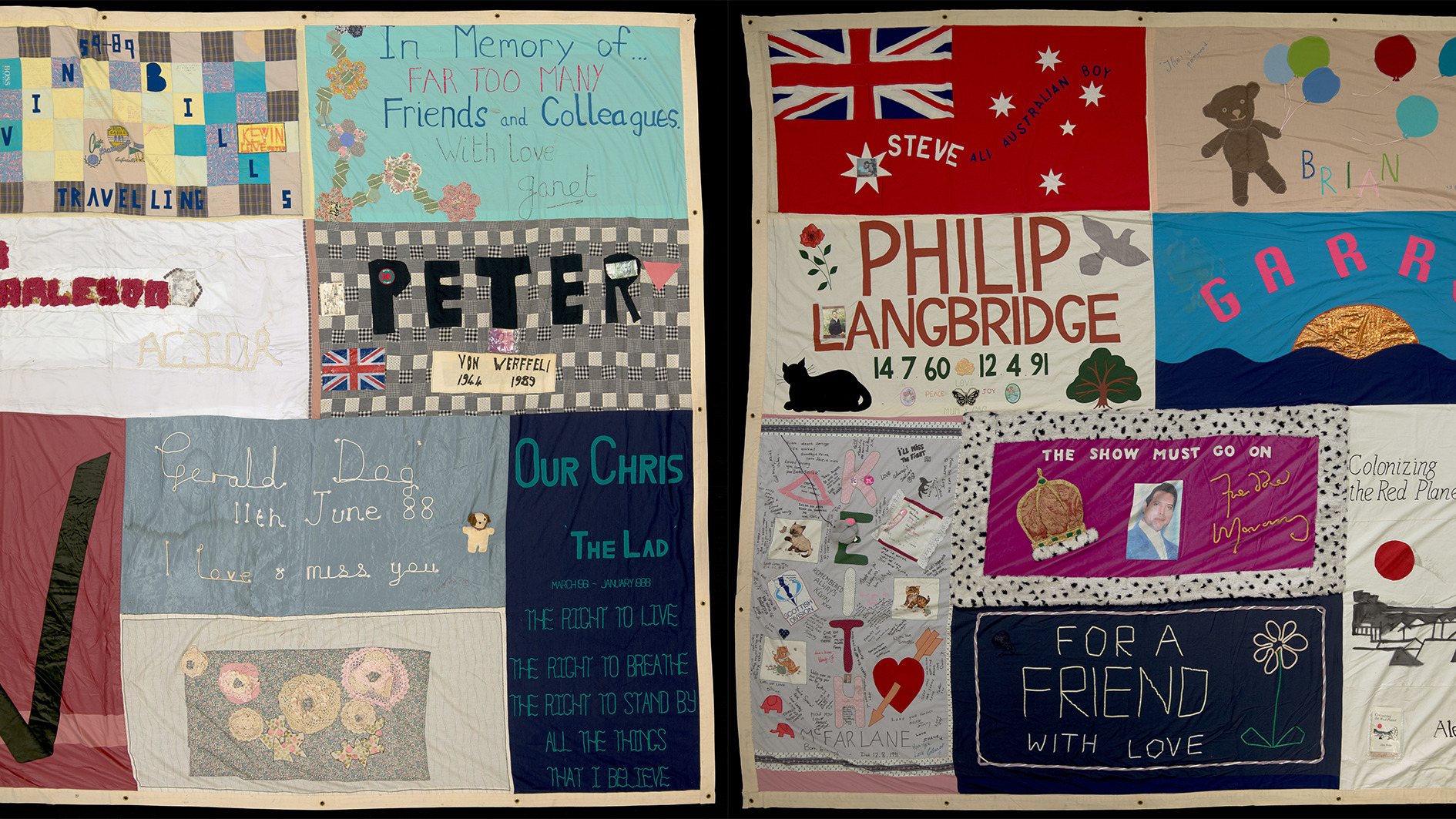 The UK AIDS Memorial Quilt will be shown at Tate Modern
The UK AIDS Memorial Quilt will be shown at Tate ModernThe 42-panel quilt, which commemorates those affected by HIV and AIDS, will be displayed in Tate Modern’s Turbine Hall in June 2025
-
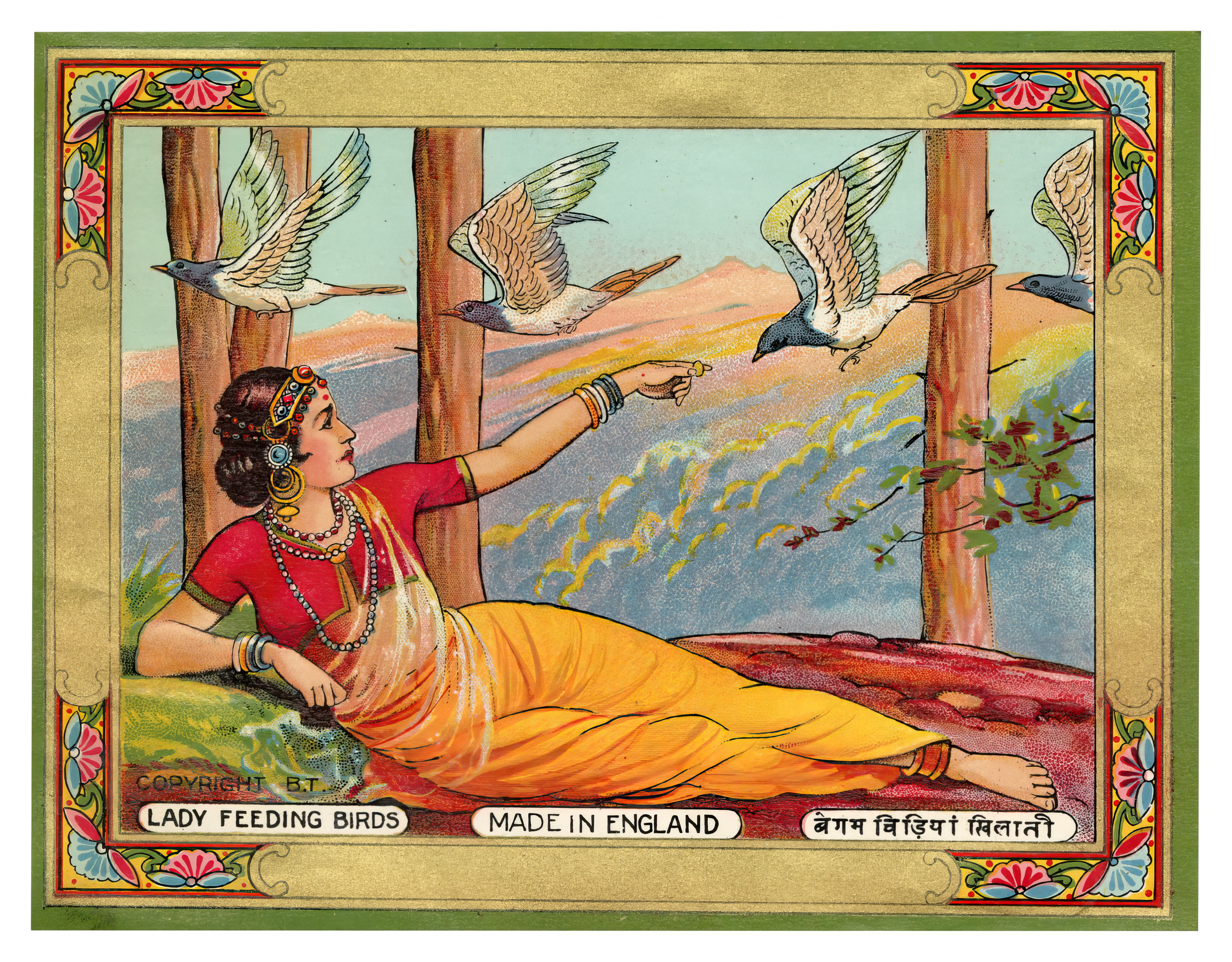 The art of the textile label: how British mill-made cloth sold itself to Indian buyers
The art of the textile label: how British mill-made cloth sold itself to Indian buyersAn exhibition of Indo-British textile labels at the Museum of Art & Photography (MAP) in Bengaluru is a journey through colonial desire and the design of mass persuasion
-
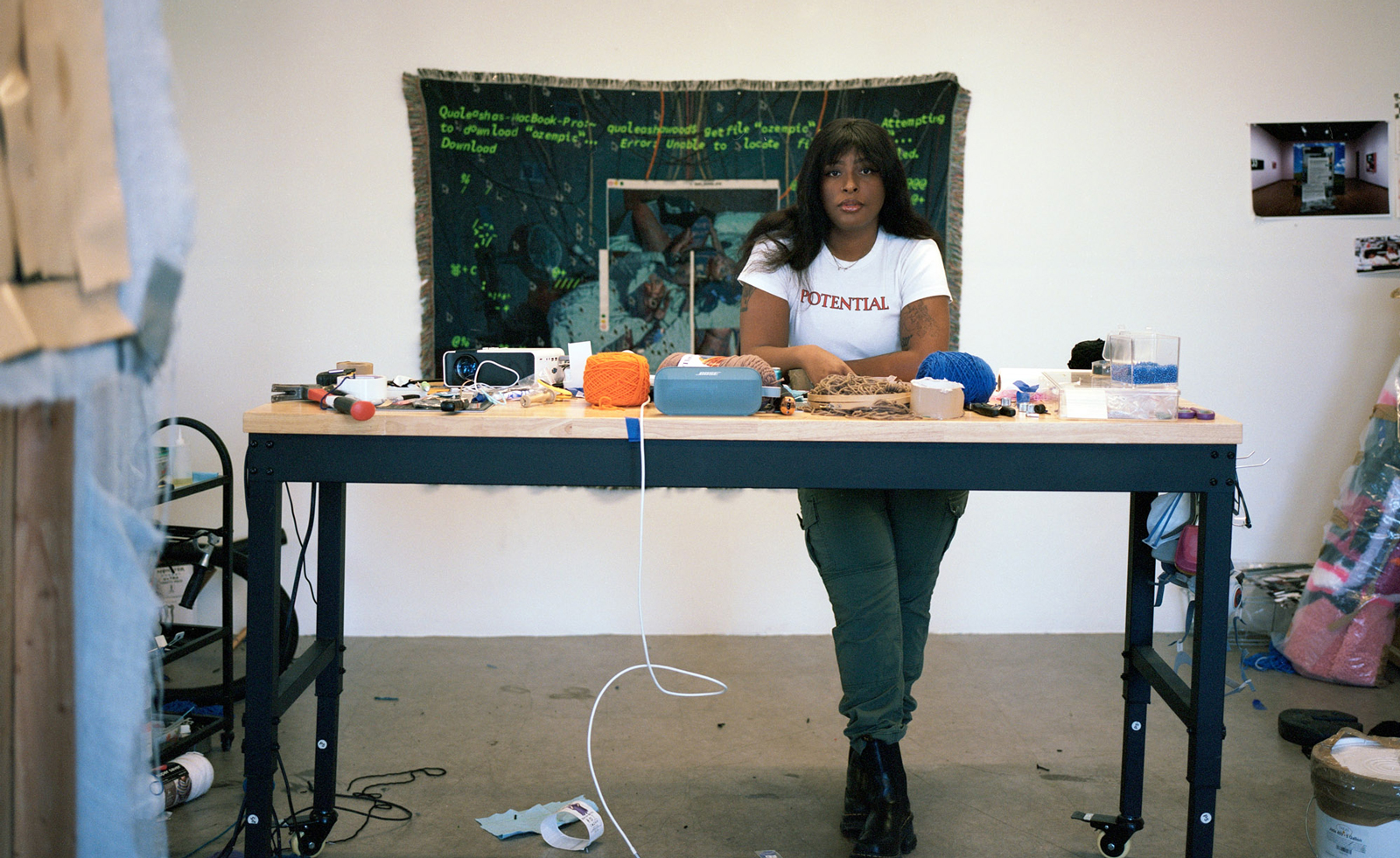 Artist Qualeasha Wood explores the digital glitch to weave stories of the Black female experience
Artist Qualeasha Wood explores the digital glitch to weave stories of the Black female experienceIn ‘Malware’, her new London exhibition at Pippy Houldsworth Gallery, the American artist’s tapestries, tuftings and videos delve into the world of internet malfunction
-
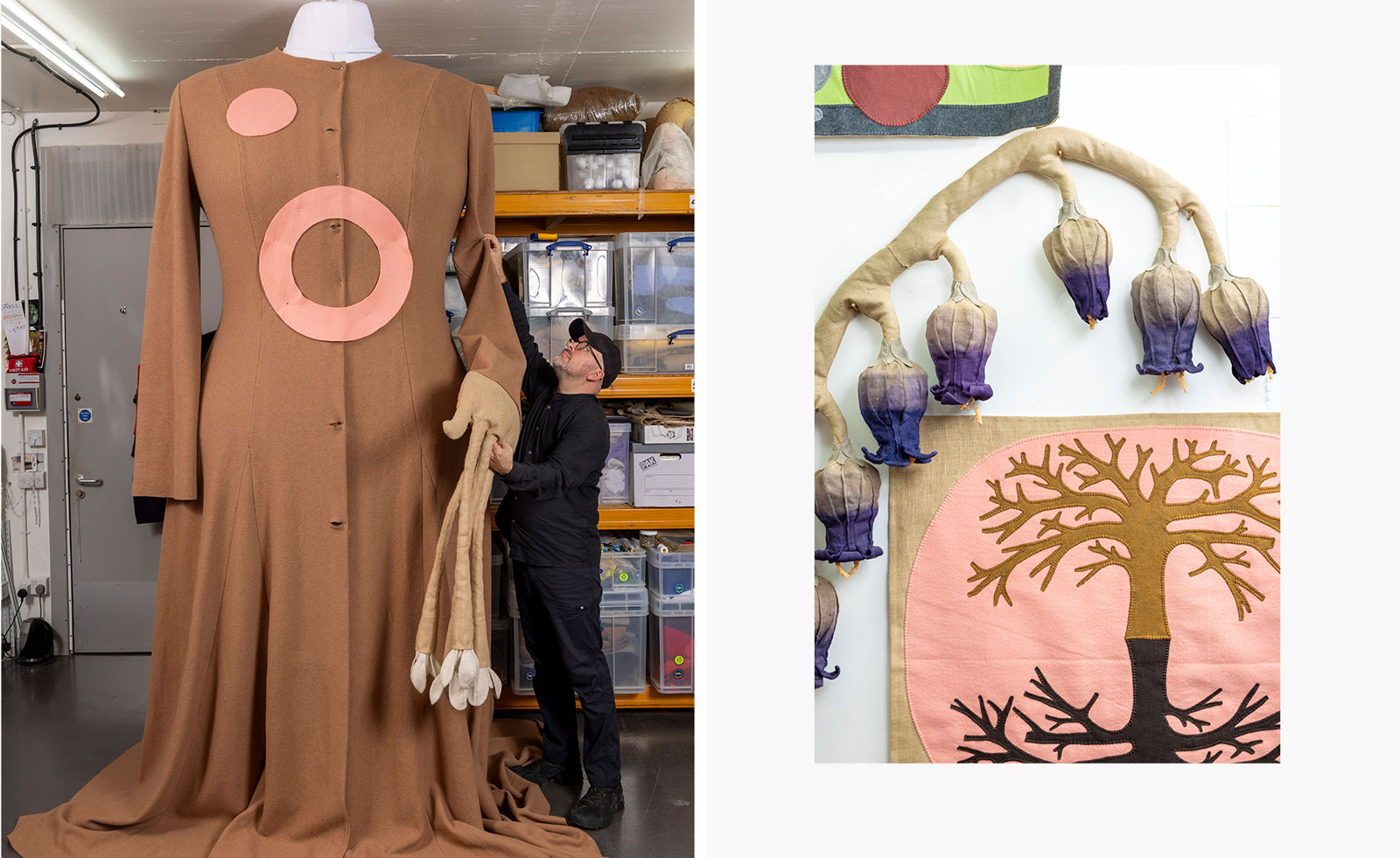 'We need to be constantly reminded of our similarities' – Jonathan Baldock challenges the patriarchal roots of a former Roman temple in London
'We need to be constantly reminded of our similarities' – Jonathan Baldock challenges the patriarchal roots of a former Roman temple in LondonThrough use of ceramics and textiles, British artist Jonathan Baldock creates a magical and immersive exhibition at ‘0.1%’ at London's Mithraum Bloomberg Space
-
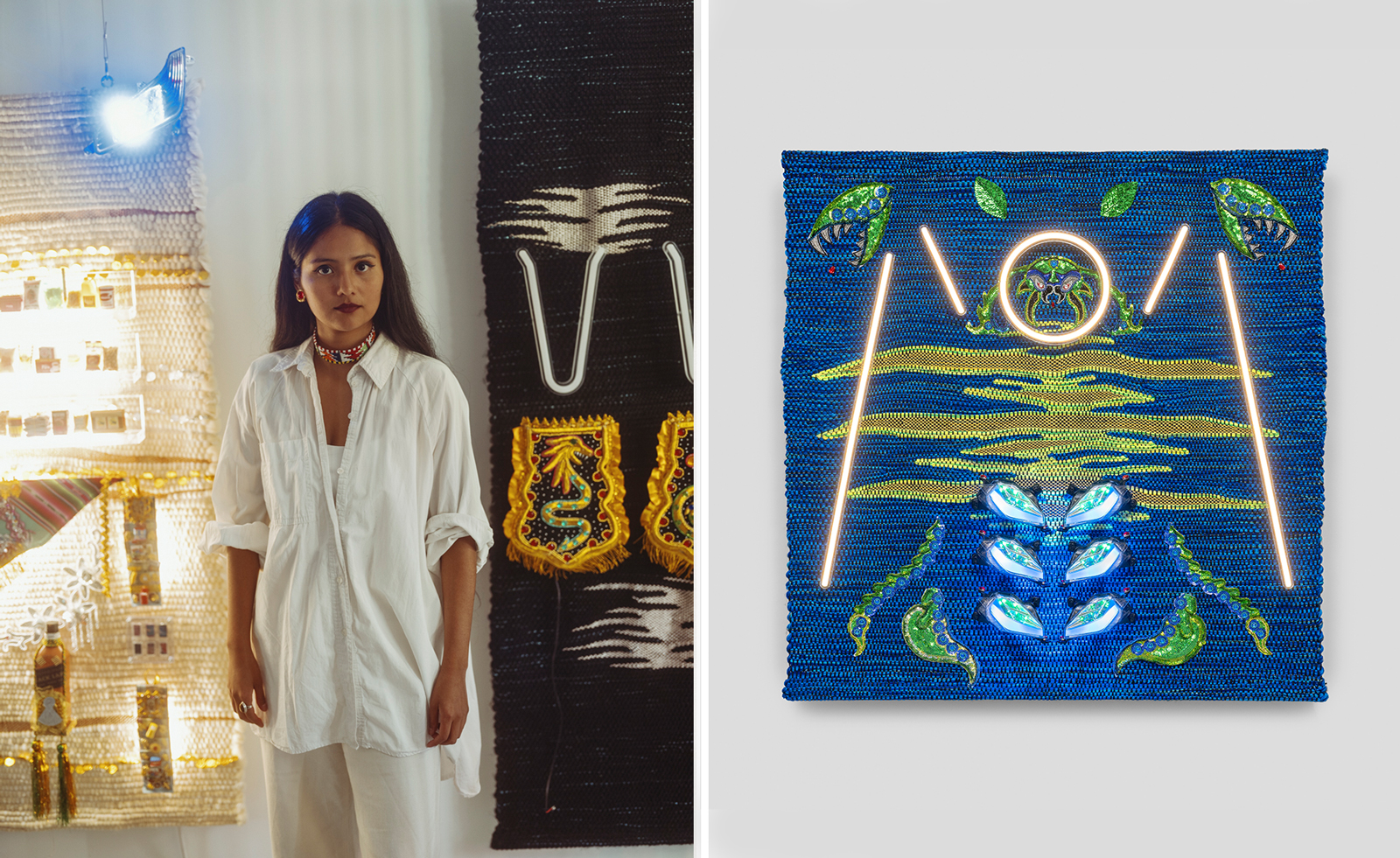 Meet Kenia Almaraz Murillo, the artist rethinking weaving
Meet Kenia Almaraz Murillo, the artist rethinking weavingKenia Almaraz Murillo draws on the new and the traditional in her exhibition 'Andean Cosmovision' at London's Waddington Custot
-
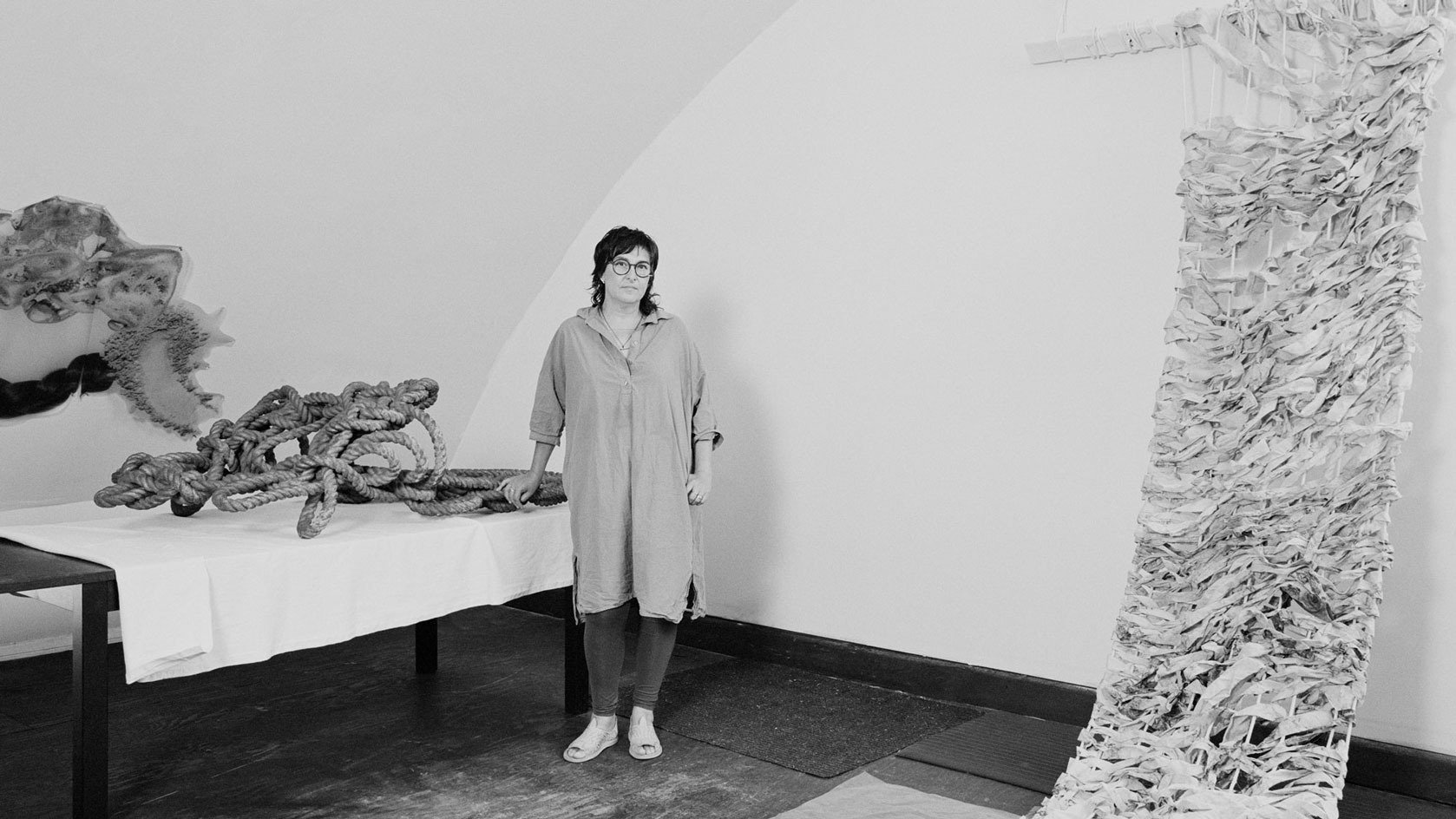 Tanya Aguiñiga: the artist weaving new narratives for borderless creativity
Tanya Aguiñiga: the artist weaving new narratives for borderless creativityWe profile LA-based artist and Loewe Foundation Craft Prize finalist Tanya Aguiñiga, whose work explores life on the US-Mexico border and seeks to empower transnational voices
-
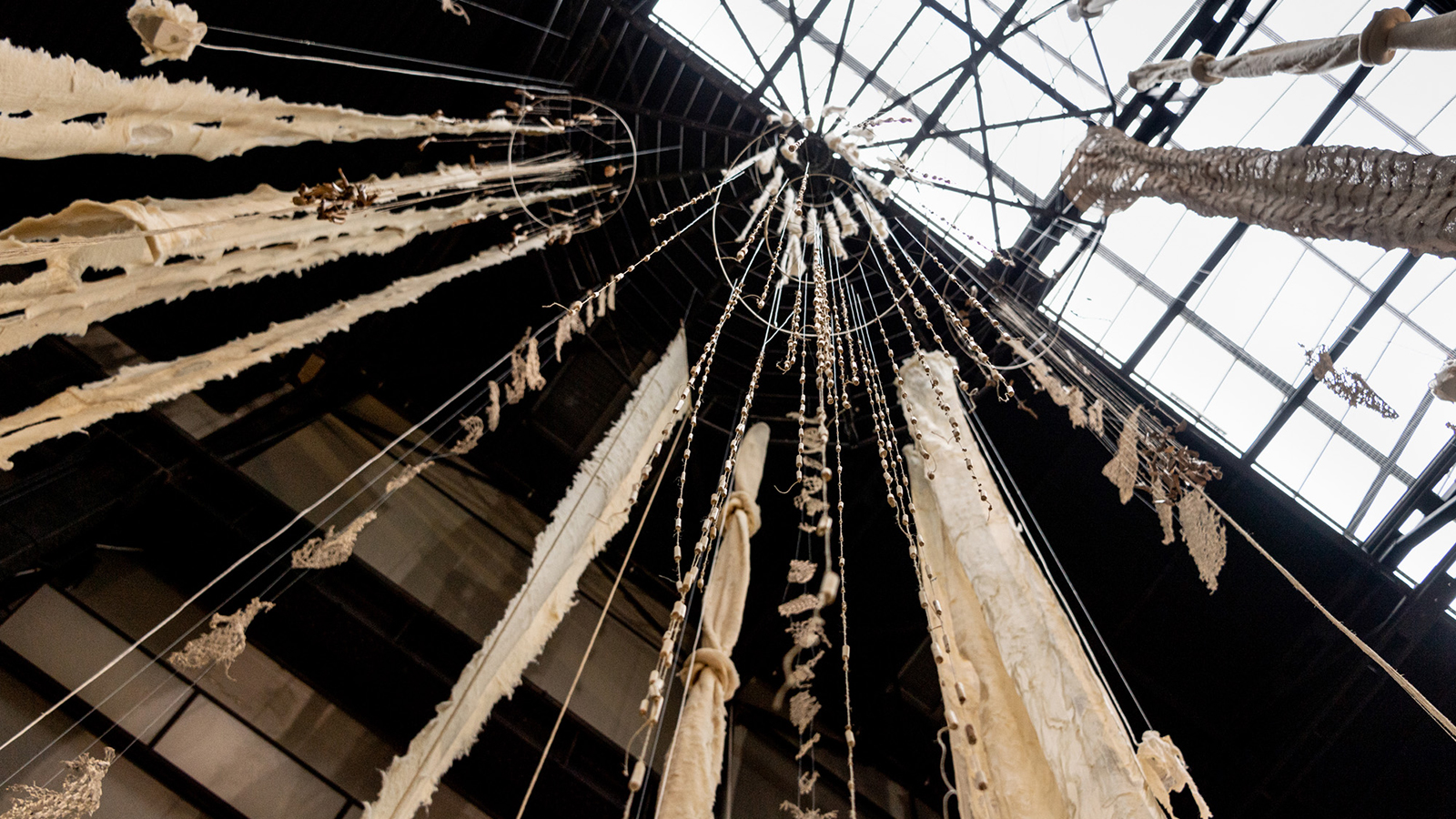 Cecilia Vicuña’s ‘Brain Forest Quipu’ wins Best Art Installation in the 2023 Wallpaper* Design Awards
Cecilia Vicuña’s ‘Brain Forest Quipu’ wins Best Art Installation in the 2023 Wallpaper* Design AwardsBrain Forest Quipu, Cecilia Vicuña's Hyundai Commission at Tate Modern, has been crowned 'Best Art Installation' in the 2023 Wallpaper* Design Awards
-
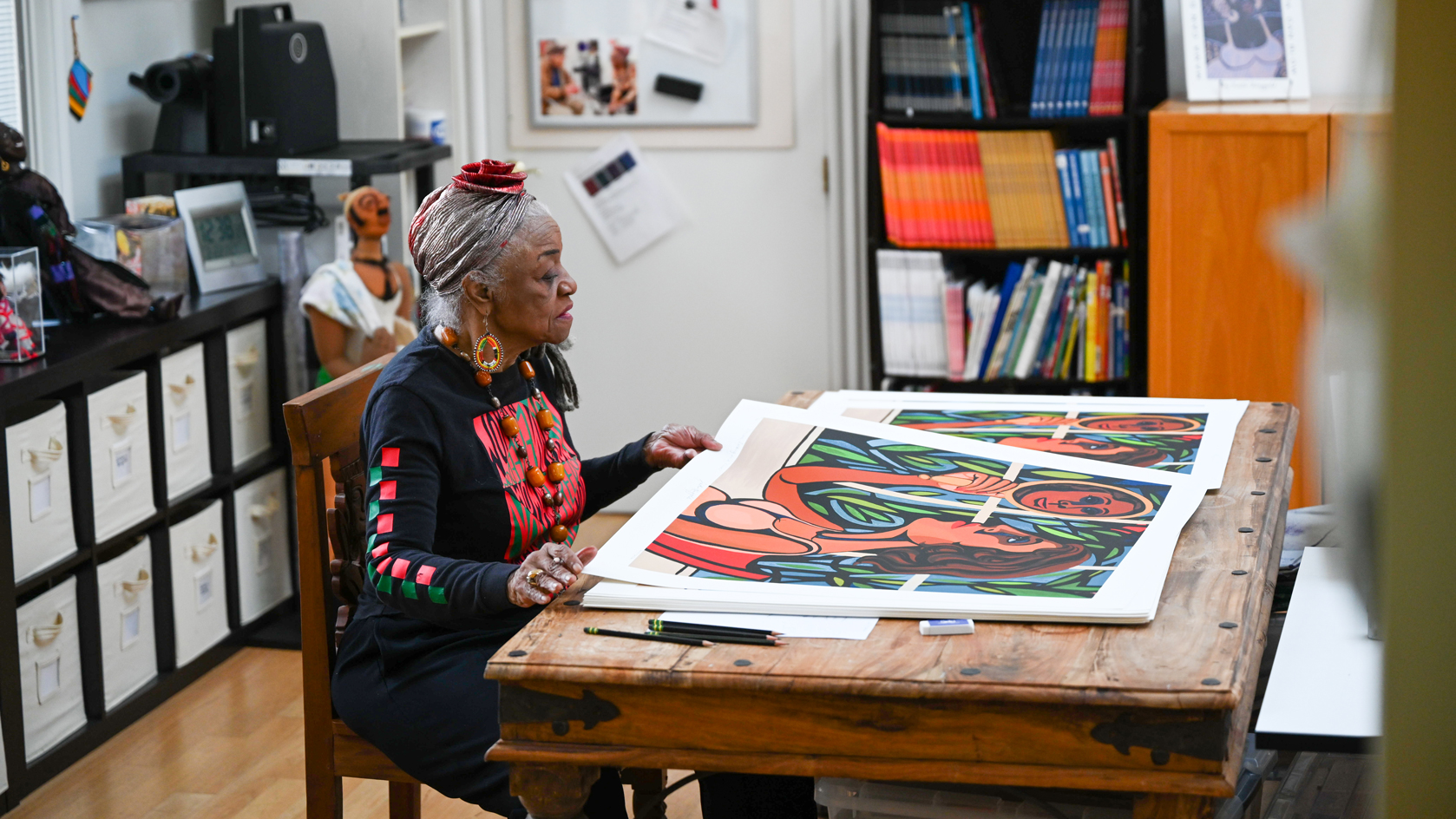 Faith Ringgold on capturing the complexity of the American experience: ‘It takes courage to be free’
Faith Ringgold on capturing the complexity of the American experience: ‘It takes courage to be free’We interview Faith Ringgold, whose major retrospective exhibition ‘American People’ runs until 27 November at the de Young Musuem, San Francisco